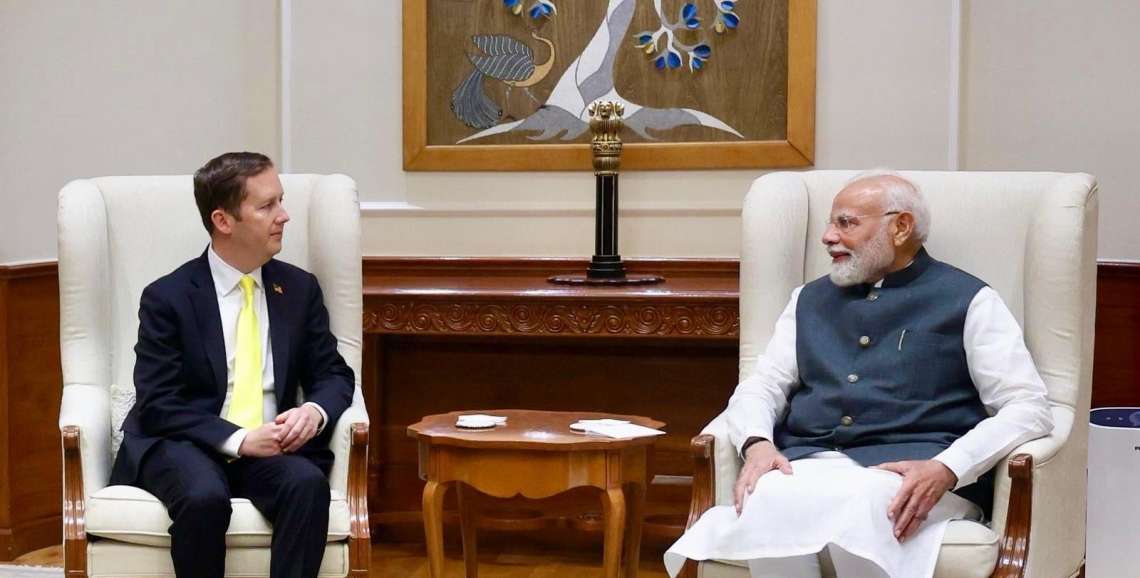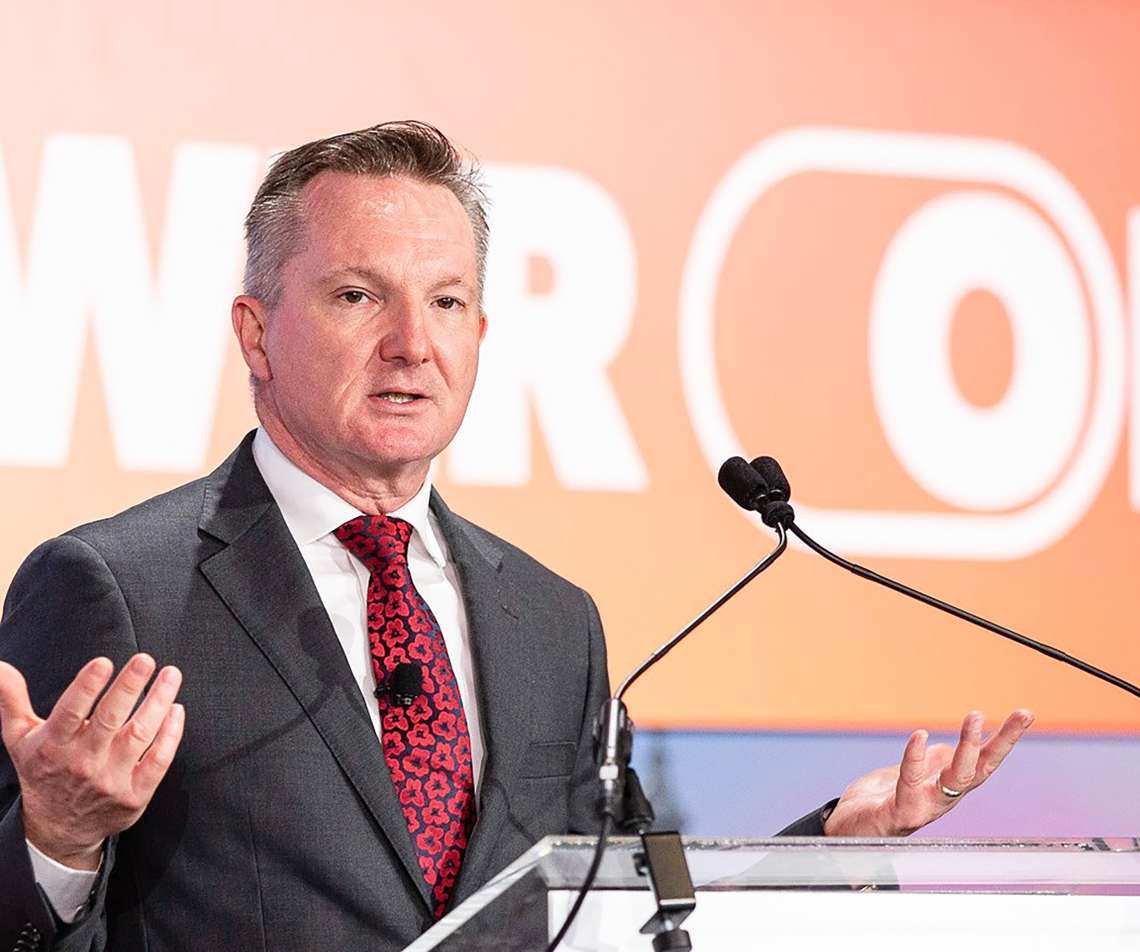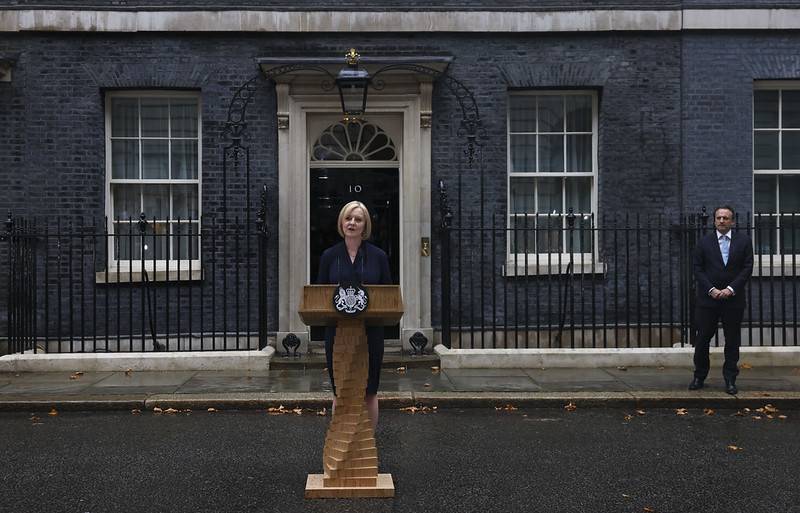According to the Ministry of Commerce and Industry, India’s merchandise imports were $61.68 billion and exports were $33 billion in August 2022, leaving a deficit of $28.68 billion…reports VENKATACHARI JAGANNATHAN
Flat or decreasing exports, increasing imports due to pent up demand in the domestic market, depreciating rupee, hike in commodity prices including oil, geopolitical situations, restrictions on exports are the major reasons cited by experts for India’s increasing trade deficit.
Simply put, trade deficit is a situation in which the value of goods a country imports is greater than the value of goods it exports — excluding software, remittances and others.
“Exports are slowing down while imports are increasing. This has led to widening trade deficit. The trade deficit was $190 billion last year and around $125 billion for the period from April-August 2022,” Madan Sabnavis, Chief Economist, Bank of Baroda, told IANS.
“Exports are slowing down due to the global economy moving to recession. Imports are rising as demand is going up as our economy grows – both oil and non-oil imports,” he added.
According to the Ministry of Commerce and Industry, India’s merchandise imports were $61.68 billion and exports were $33 billion in August 2022, leaving a deficit of $28.68 billion.
During April-August 2022-23, India’s merchandise imports were $317.81 billion while exports were $192.59 billion, leaving a gap of $125.22 billion.
The top five export items are: engineering goods, petroleum products, gems and jewellery, organic/inorganic chemicals, drugs and pharmaceuticals.
Similarly, the top import items are: petroleum, crude and products; electronic goods; coal/coke; machinery – electrical/non-electrical; gold; organic/inorganic chemicals.
The fall in global oil prices will help reduce the trade deficit. Further, with India buying huge amounts of oil from Russia at a discount and the talks of rupee invoicing of oil imports would ease the trade deficit, Jamal Mecklai, CEO, Mecklai Financial Services Private Ltd, said.
“Buying from Russia in rupees helps to address the issue as there are fewer outflows of dollars. It is a good way of doing trade by having a rupee-rouble arrangement,” said Sabnavis.
It should be noted that Russia is now a major source of crude as well as fertilisers for India.
However, Russia closing its oil tap to Europe is expected to have an adverse impact on India’s import bill as the oil and gas prices will increase.
Further, with the energy costs increasing in Europe, the cost of imported items is expected to go up.
The way to improve the trade balance is to boost exports, which the government is doing through its policies. But exports are driven more by demand in the overseas market, Sabnavis pointed out.
The increasing interest rates overseas to curb inflation may dampen exports, while the pent up demand in the domestic market boosts imports, thereby widening the trade gap.
A trade deficit is bad for an economy as it puts pressure on the current account deficit, which is the trade account plus invisibles account (includes software, remittance, travel tourism and others), said Sabnavis.
He also said the current account deficit puts pressure on capital account, which if not setting it off will lead to fall in forex reserves which in turn leads to rupee depreciation.
According to Moody’s Investors Service’s Credit Opinion on India, the country’s foreign exchange reserves have fallen to $511.3 billion in July 2022 from $569.9 billion at the end of 2021, reflecting a widening in the current account deficit resulting primarily from higher global prices for India’s imported energy inputs.
In particular, India’s imports of crude oil and petroleum products rose 83.7 per cent year-on-year over the first seven months of the year; consequently, over the same period, the balance of trade in crude oil and petroleum products gapped to Rs.6.1 trillion (2.7 per cent of 2021 GDP) from Rs 3.5 trillion (1.5 per cent of 2021 GDP).
“We now expect the current account deficit to widen to 3.9 per cent of GDP in fiscal 2022 from 1.2 per cent in fiscal 2021,” Moody’s said.
Be that it may, the Indian government has to balance the domestic interests vis-a-vis the exports revenue. It has already banned wheat and broken rice exports.
In order to make India a global production base, the government has come out with schemes like production linked incentive (PLI) for various sectors and it is also mulling such a scheme for other sectors.













